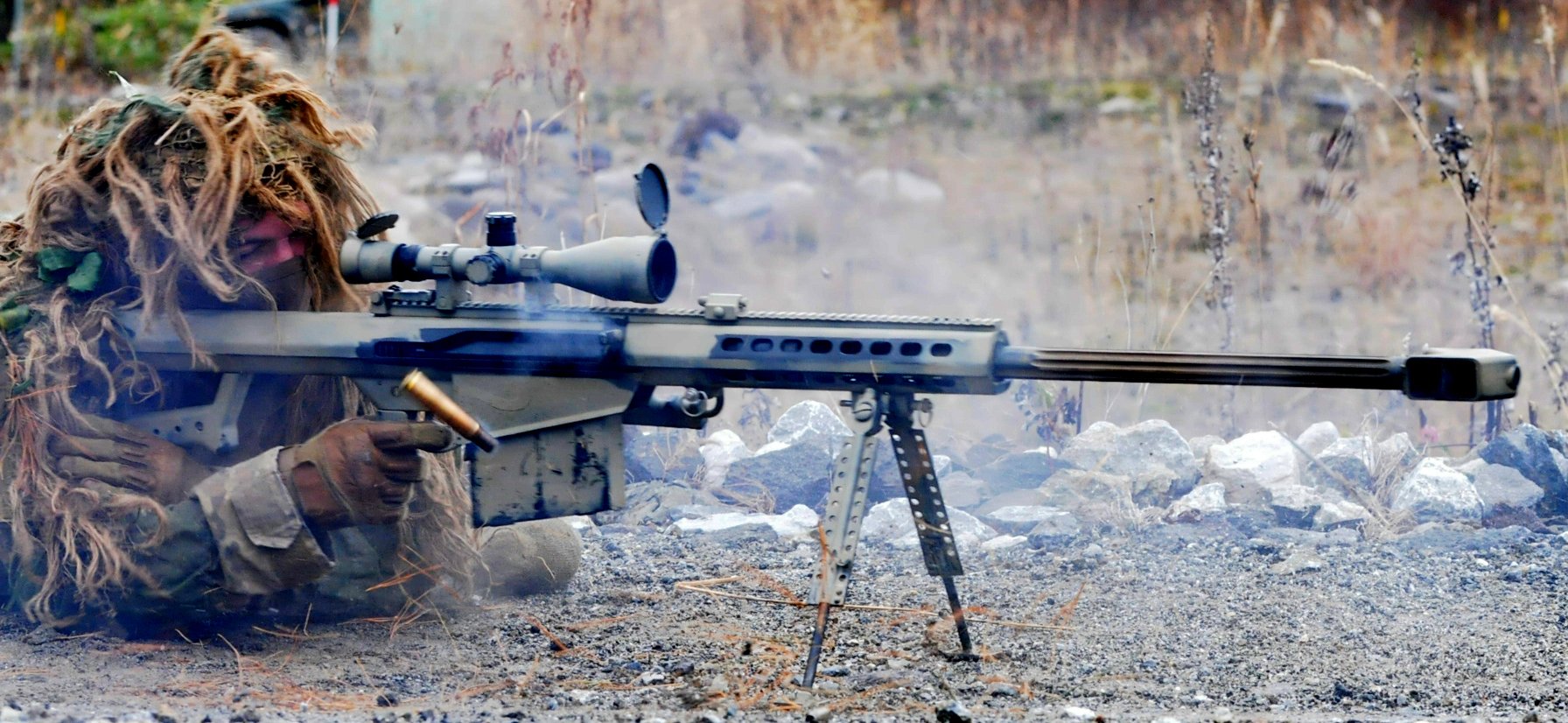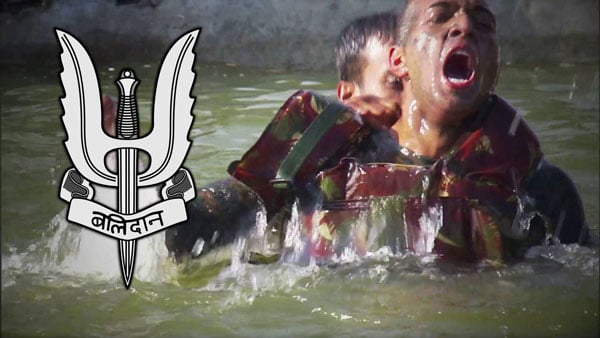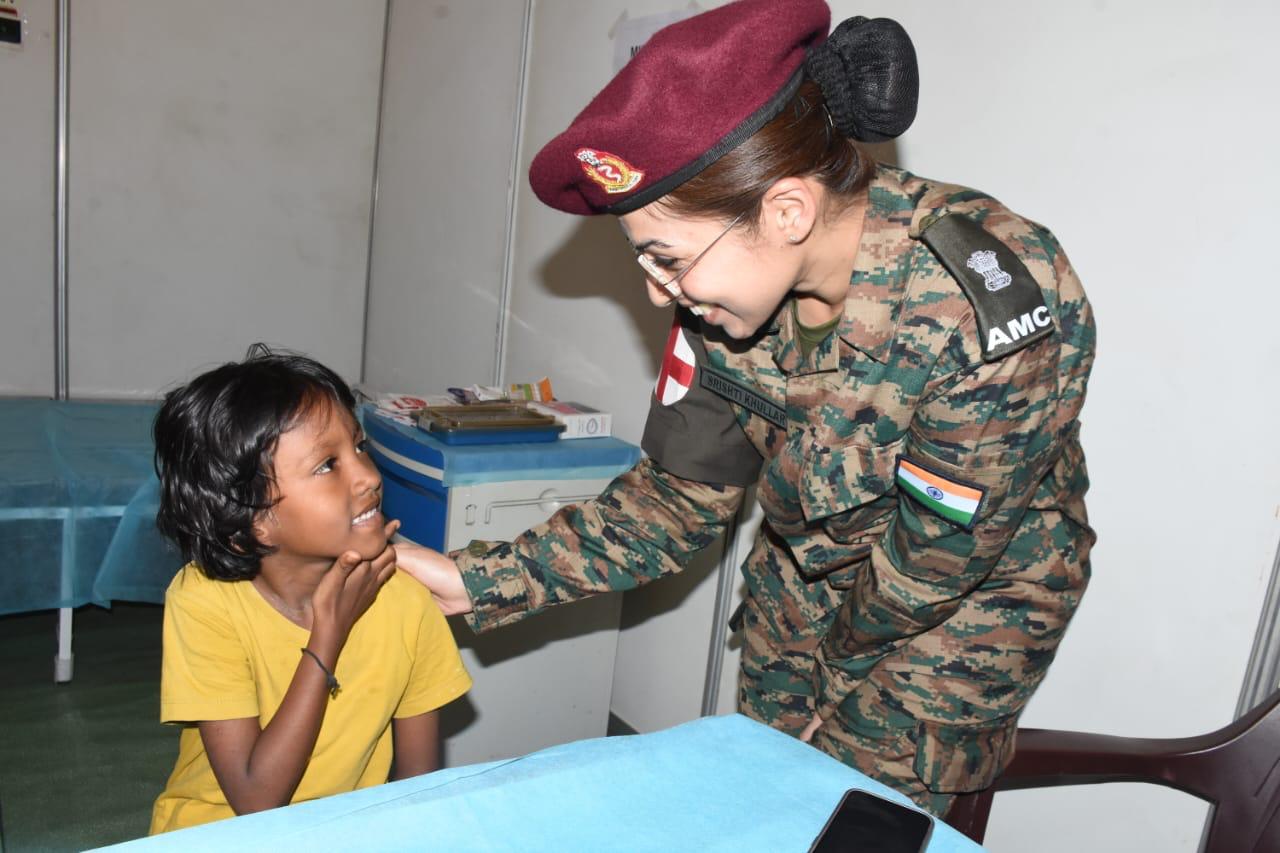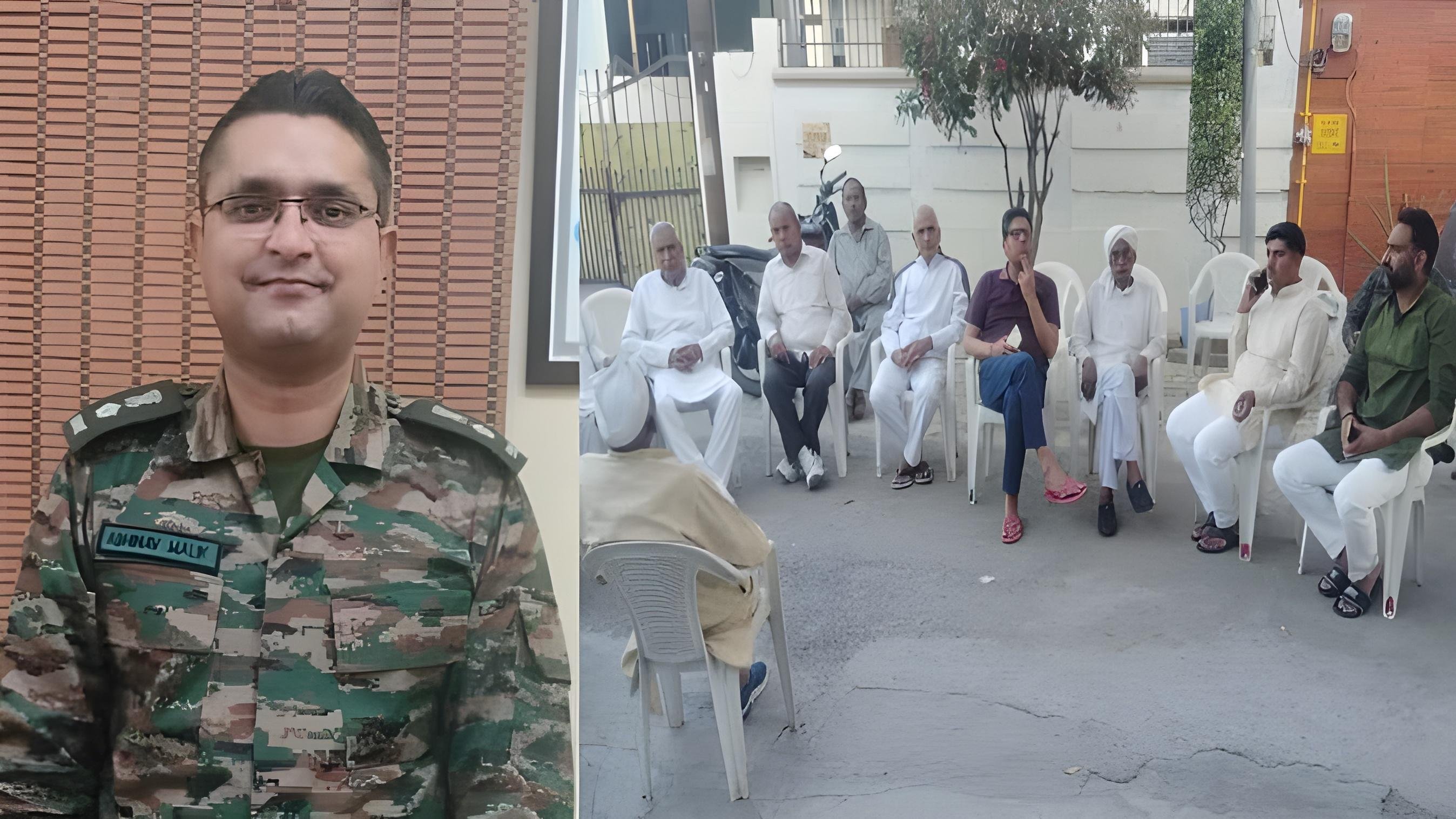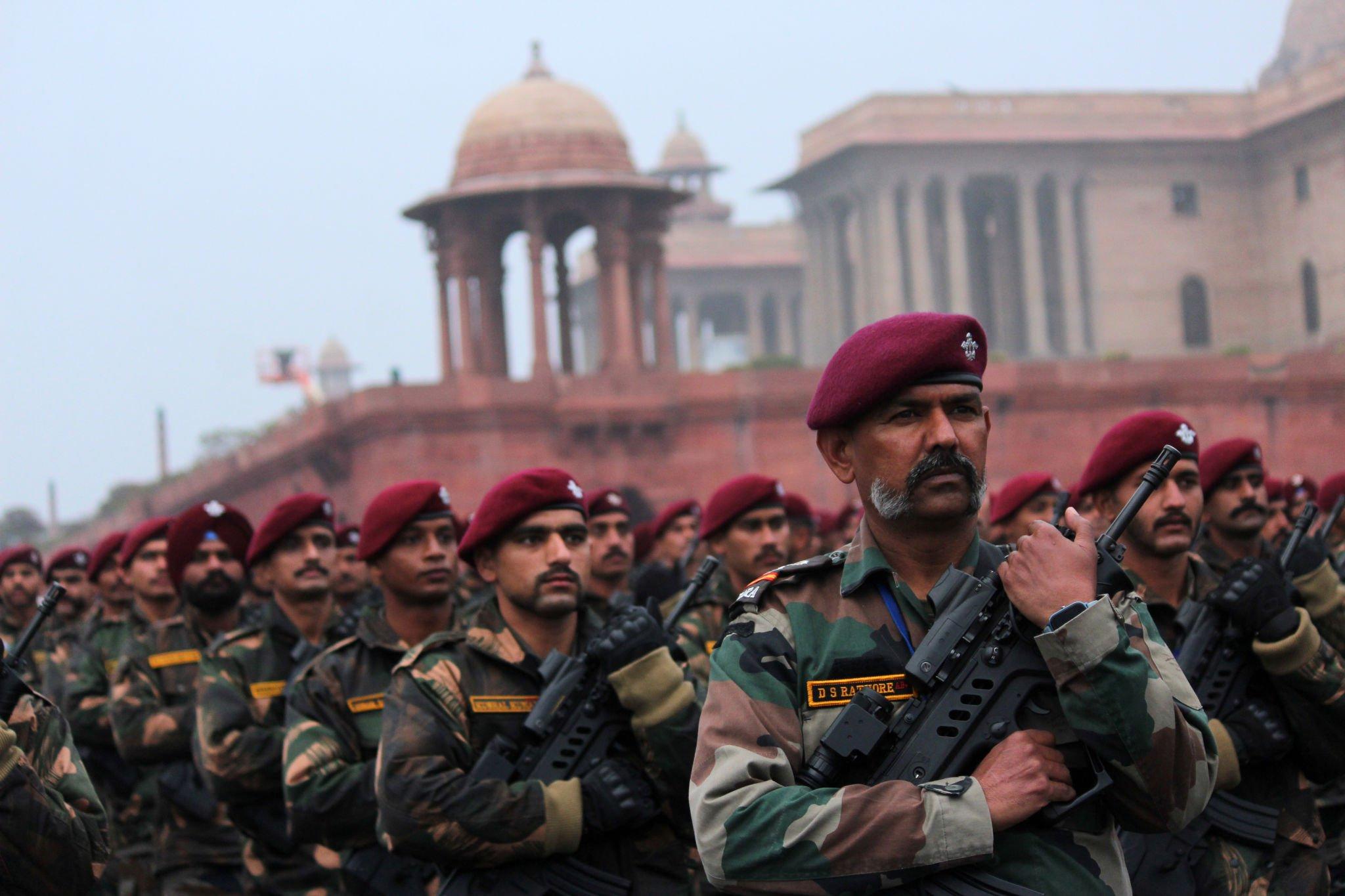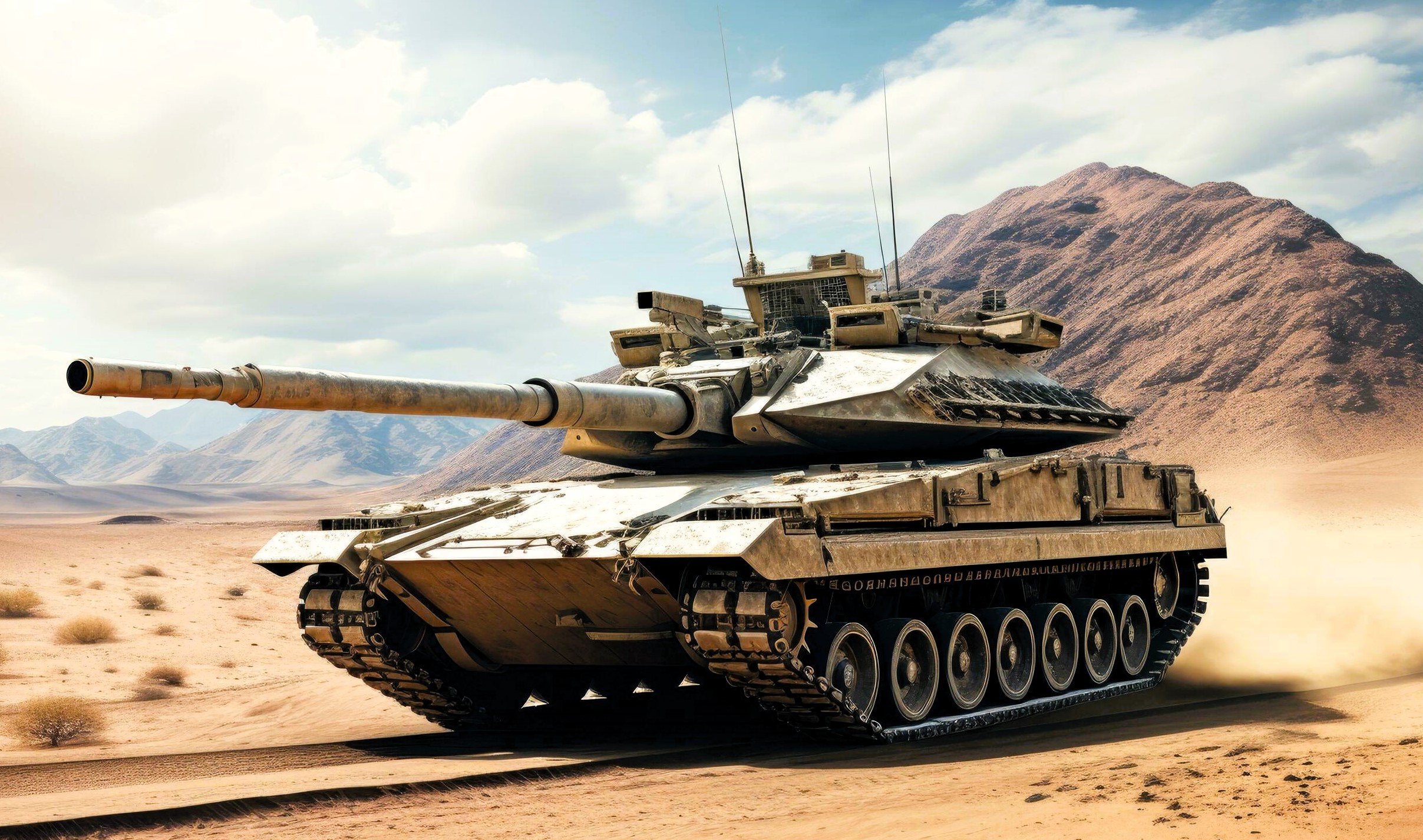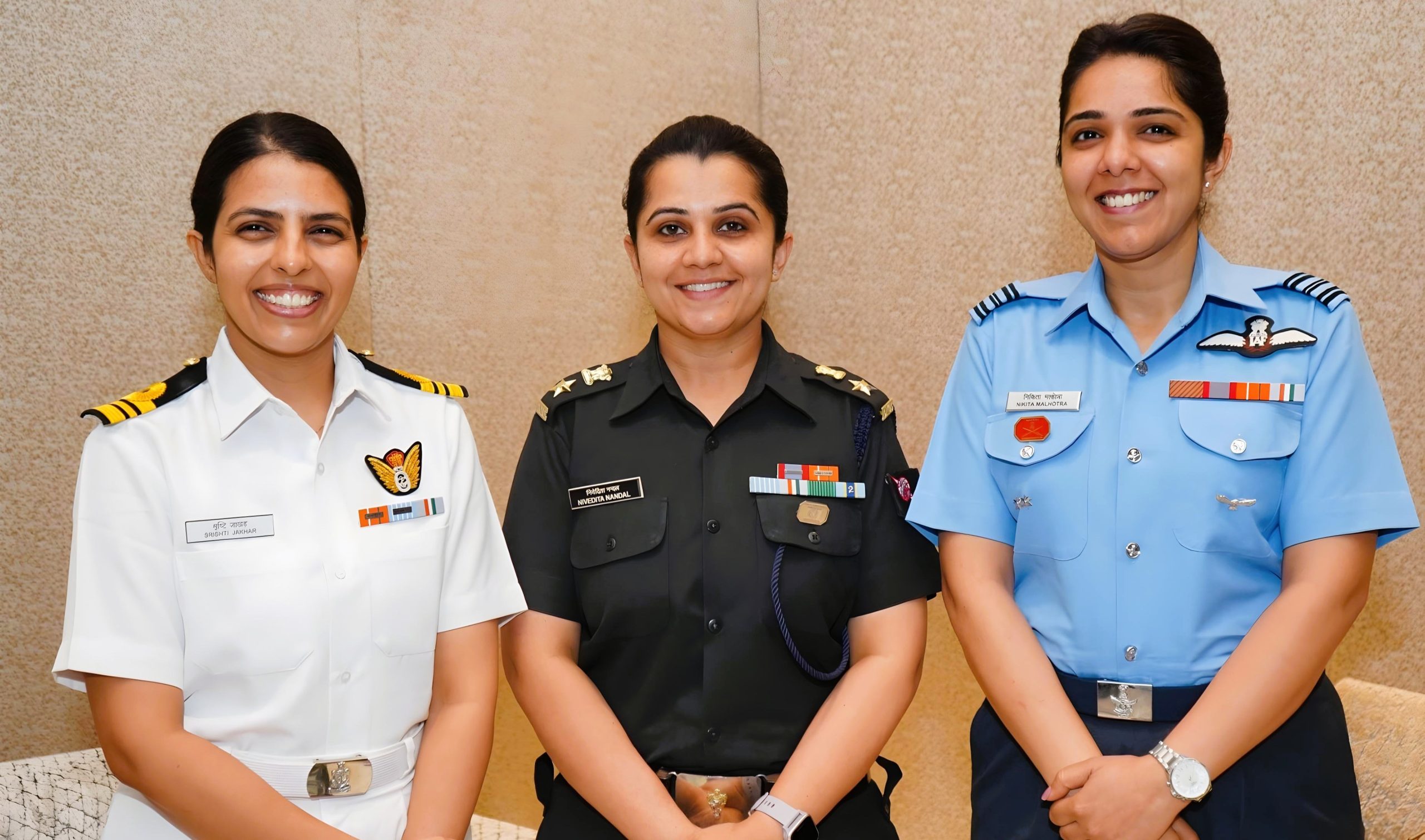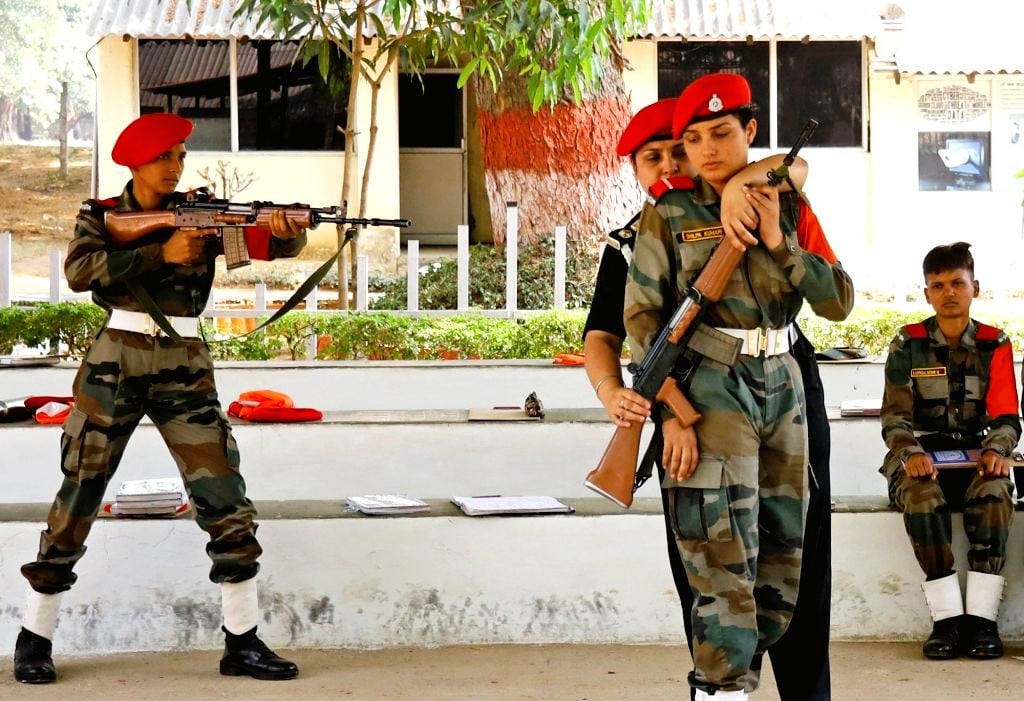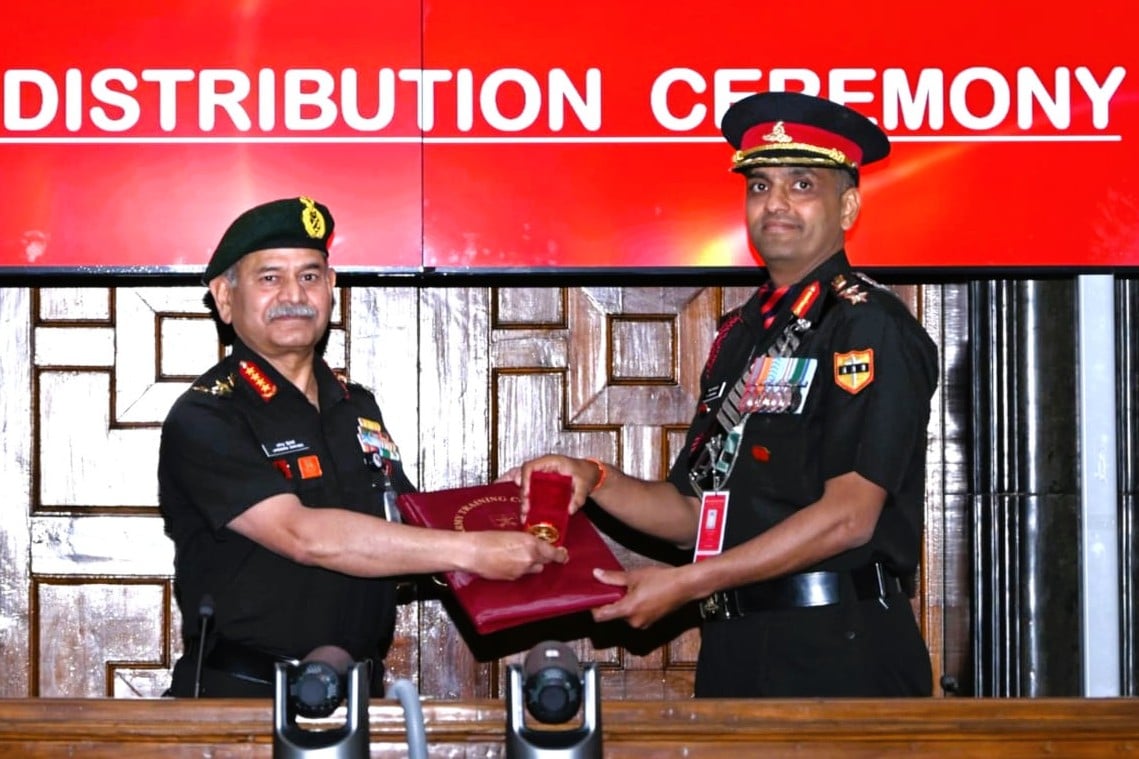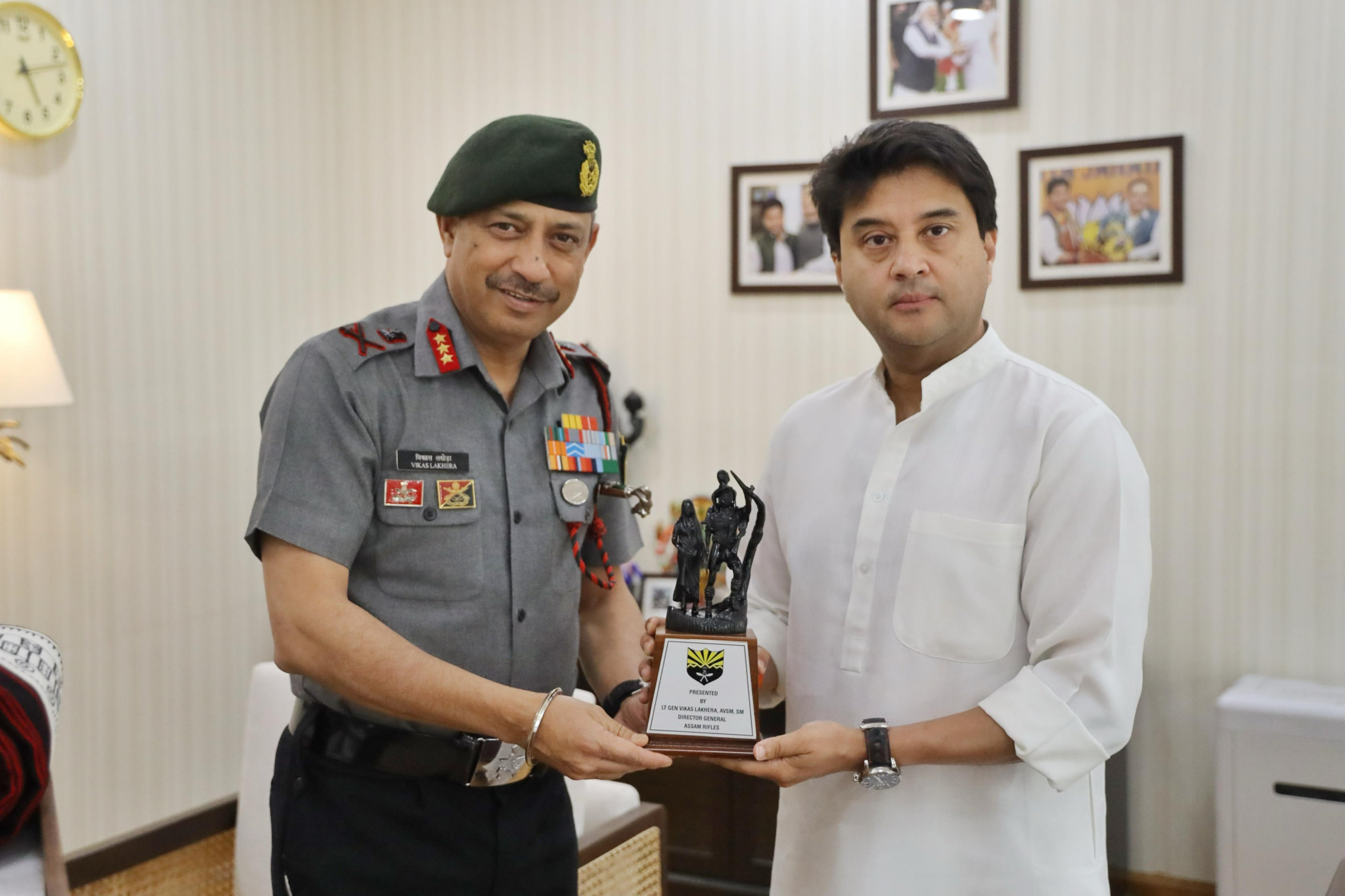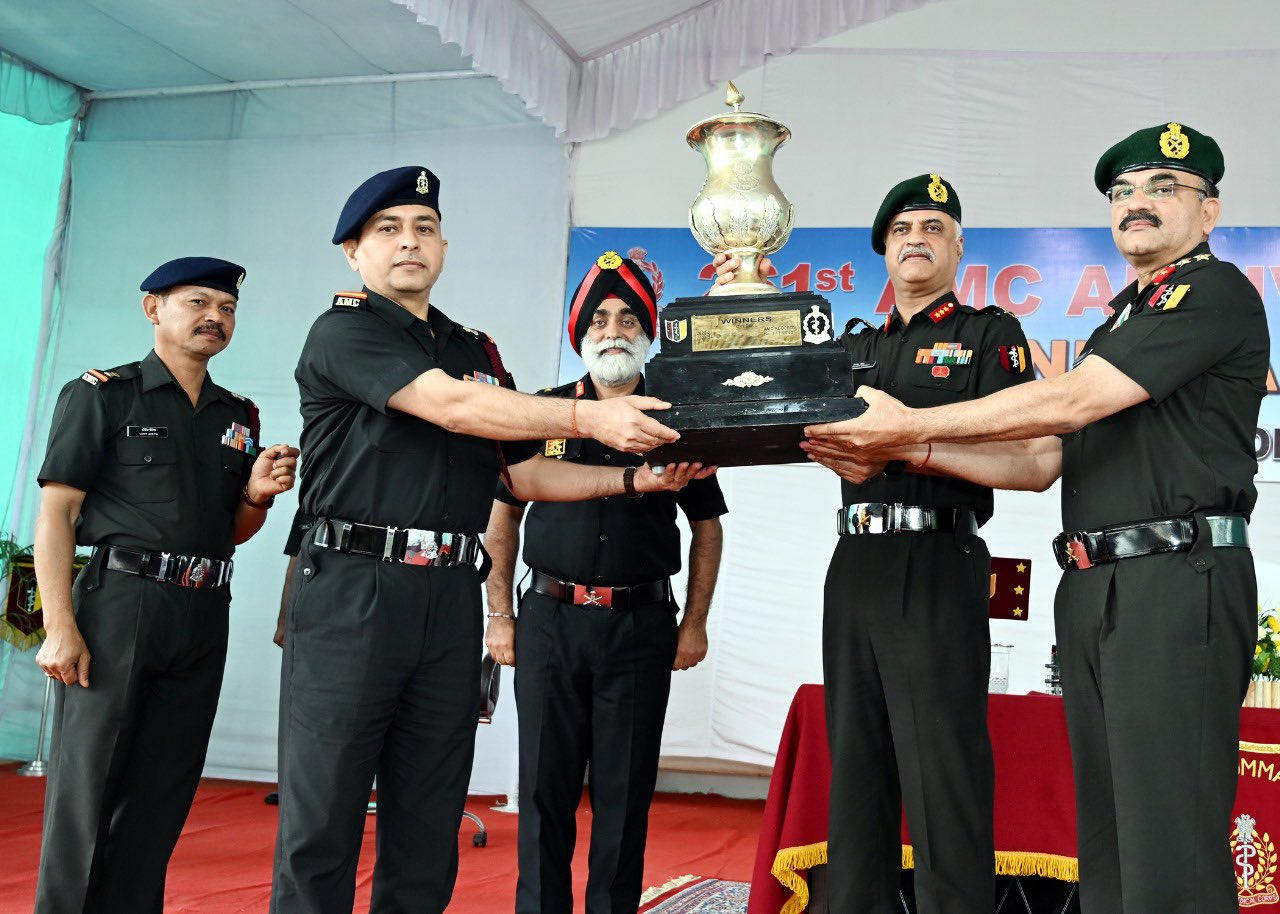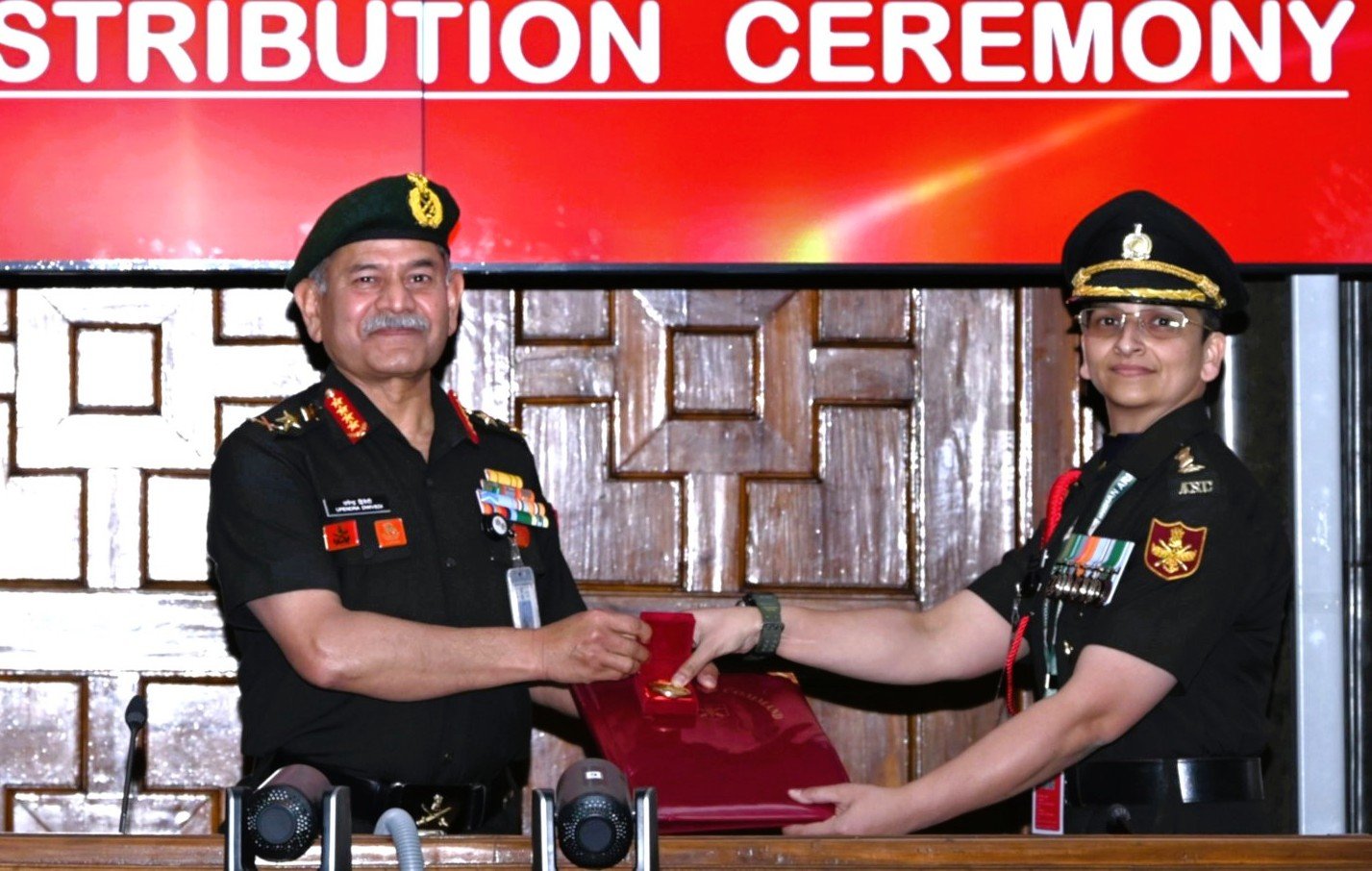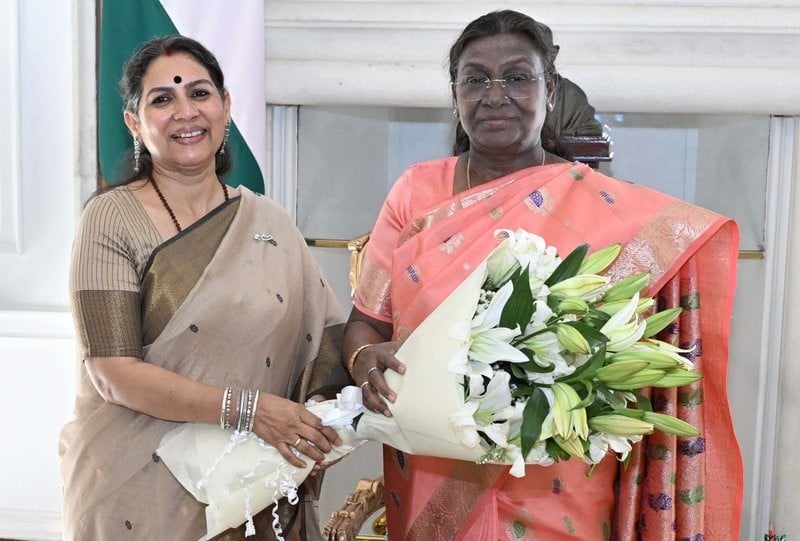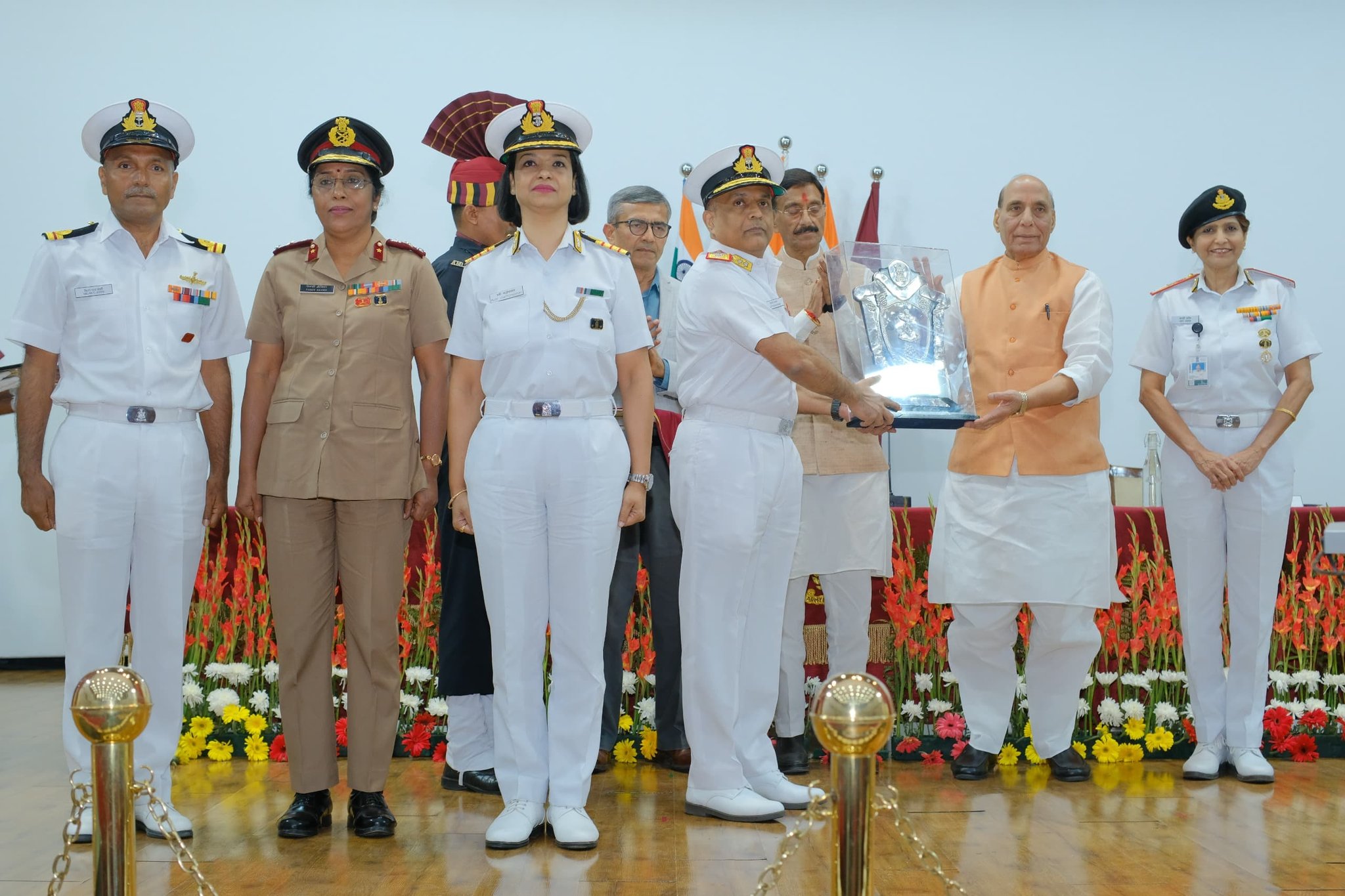Hello, Warriors! In one of the previous articles on SSBCrack, the field formation in the Indian Army and how the troops are divided into various formations were described.
This article will deal with the classification of regiments that the Indian Army operates in.

The army is divided into Artillery, Armoured, Infantry Regiments and NCC based on the division of troops in the Arms section of the army. The corps and regiments of Services, will however, not been taken into consideration in this article.
Artillery Regiment
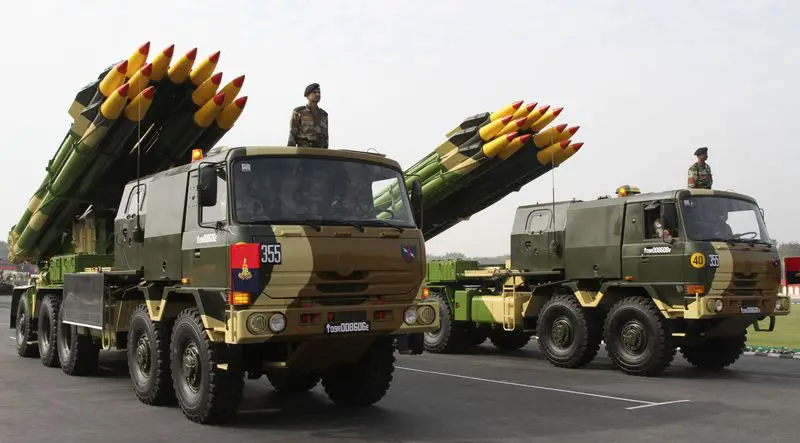
The Artillery Regiment is the second largest arm of the Indian army and constitutes almost one-sixth of its total strength, with the units being organized on a corps and divisional basis. Earlier, Artillery was classed as a combat support arm, but now, it is classed as a combat arm with priorities shifting between direct support and counter bombardment.
Its main task is to dominate the battlefield with immense firepower so that the enemy can neither interfere with the operations nor develop their own effectively.

The largest Artillery center is located at Nashik in Maharashtra. The regiment has celebrated its 175th anniversary in 2002.
The 9th Parachute Field Regiment, 11th Field Regiment, 861 Regiment armed with Bramhos, 170 Medium Regiment (Veer Rajput) and so on are all artillery regiments of the Indian Army.
Armoured Regiment
There are around 93 fields of the armoured regiments in the army. From the 65th Armoured Regiment onwards, the terms ‘Cavalry’ and ‘Lancer’ were dispensed.
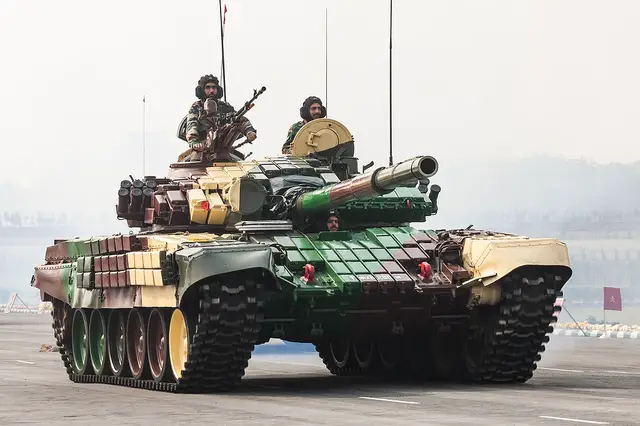
Most of the regiments have independent reconnaissance squadrons which consist of tanks or armoured cars, infantry and heavy mortars.
They serve as reconnaissance units for armoured divisions independent armoured brigades and other formations. These include President’s Bodyguards, 1st Skinned Horse, 2nd Lancers, 4th Hodson’s Horse, 7th Cavalry, and 21st Central India Horse and so on.
Infantry Regiments
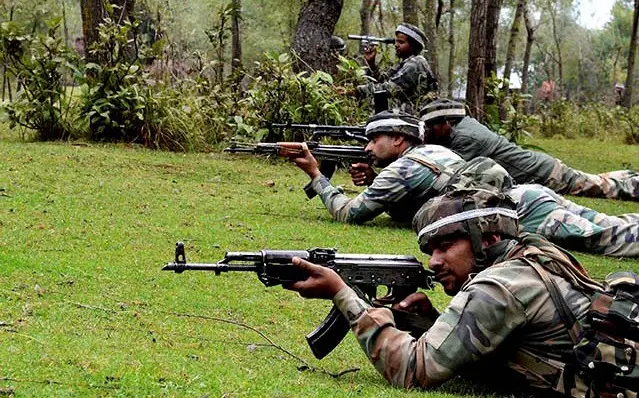
The infantry regiment is the largest element of the infantry division. It is a military organization, not a field formation. Not all the battalions of an infantry regiment fight together as one formation, but are dispersed over various formations such as brigades, divisions and corps as mentioned in one of my previous articles. Its tactical actions and movements are coordinated with those of other divisions.
The infantry regiments engage and destroy the enemy in close combat during the assault or hold its position during the defence. They are equipped, organized and trained to use weapons of close combat to support its assault weapons with heavier fires and to provide limited administrative support for its units.
The famous infantry regiments include:
- Gorkha Rifles
- Garhwal Rifles
- Brigade of the Guards
- Bihar Regiment
- Parachute Regiment
- Punjab Regiment
- Madras Regiment
- Maratha Light Infantry
- Rajputana Rifles
- Rajput Regiment
- Jat Regiment
- Sikh Regiment and so on
National Cadet Corps
The NCC was established in 1948. It strives to provide the youth of the country opportunities for all round development with a sense of commitment, dedication, self-discipline and moral values, so that they become useful citizens. The motto of NCC is ‘Unity and Discipline’.
The NCC has three wings- Army Wing, Naval Wing and Air Wing. It also has three divisions. These include Senior Division, Junior Division and Girls Division.

